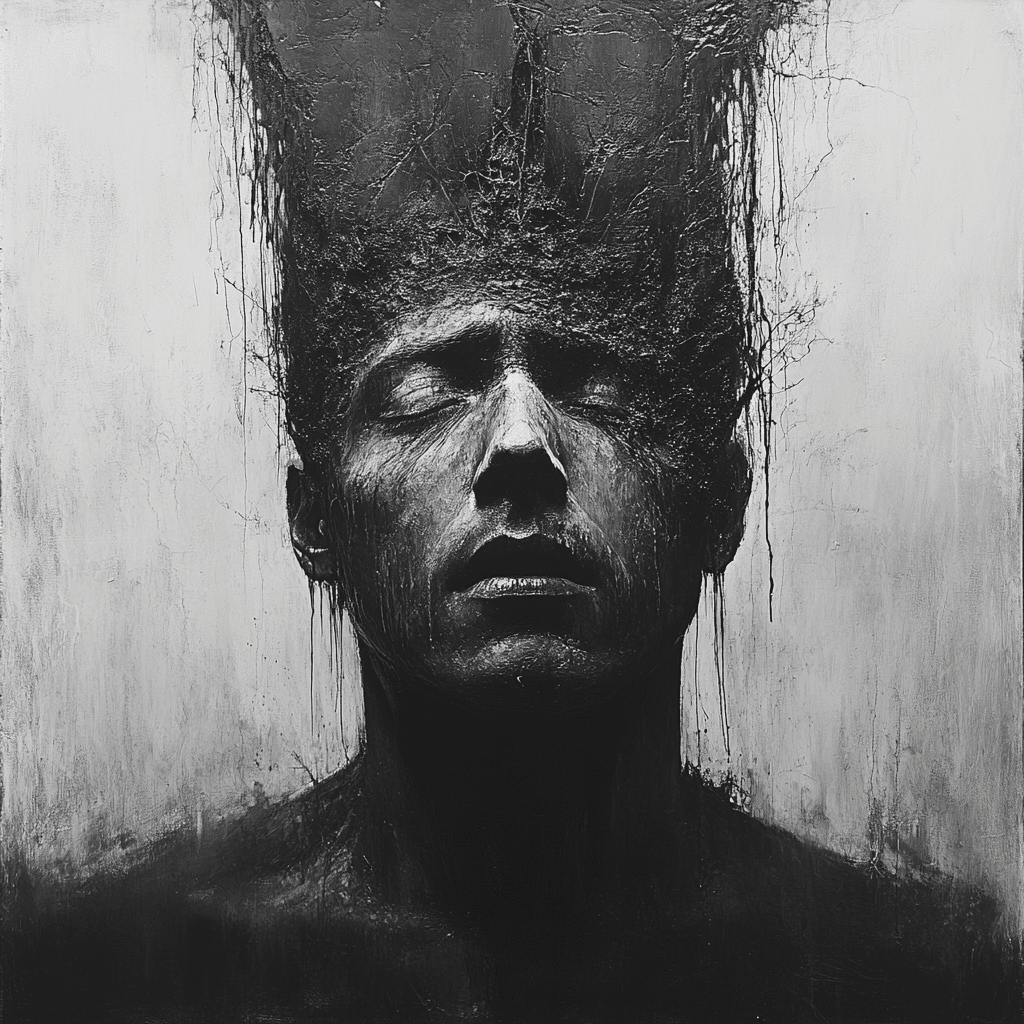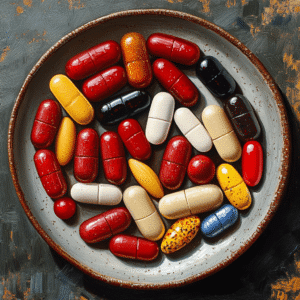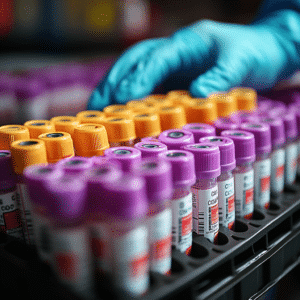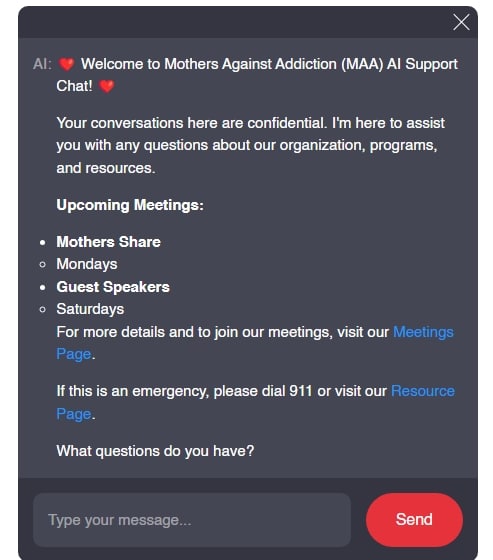Living with manic depressive disorder, also known as bipolar disorder, can feel like a rollercoaster ride without a seatbelt. One moment, everything’s looking up, and the next, you’re plunging into darkness. For many parents, grappling with their children’s challenges surrounding addiction and mental health can feel like a battle. But by understanding the signs and symptoms, exploring types of bipolar disorder, and learning ways to manage these struggles, hope and triumph can emerge from despair.
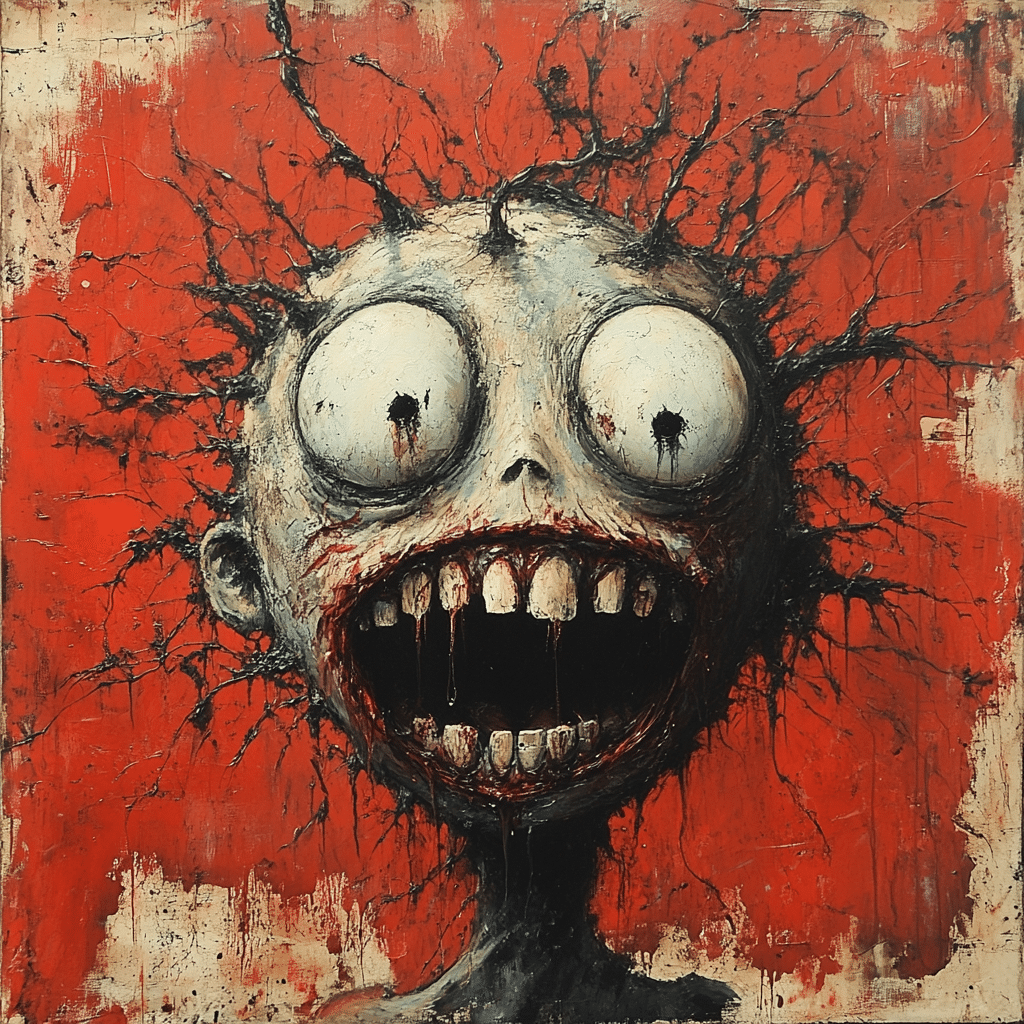
1. Top 7 Signs of Bipolar Disorder You Need to Recognize
Spotting the early indicators of bipolar disorder is crucial for encouraging your child to seek help. Here are seven signs that could mean someone is facing bipolar disorder:
Recognizing these warning signs may empower you to act early, guiding your child toward necessary treatments and support.

2. Types of Bipolar Disorder: A Closer Look
Understanding the different types of bipolar disorder can help parents identify specific challenges that their children might face. Here are the three main types:
Understanding which type your child may be experiencing can pave the way for tailored treatment options and better management strategies.
3. Exploring the Symptoms of Bipolar Disorder and Their Impact
The symptoms of bipolar disorder aren’t just labels—they profoundly affect an individual’s everyday life. When in a manic phase, individuals often exhibit heightened creativity and productivity. Think of musicians like Kurt Cobain, who thrived artistically during manic moments. However, during depressive episodes, those same individuals can feel like they’re wandering in an endless tunnel, devoid of hope and motivation, evoking feelings as tragic as Robin Williams’ later years.
The impact stretches beyond the individual; families face their own set of challenges. Communication, social interaction, and emotional health can falter, creating a ripple effect that affects the entire household. The stigma surrounding bipolar disorder often burdens individuals and families, leading to isolation and misunderstanding. Sometimes, just saying “I see you, and I hear you” can be a tremendously supportive gesture.
4. Managing Depressive Episodes: Tools and Techniques
Managing depressive episodes in bipolar disorder isn’t just about addressing the symptoms; it’s about fostering hope and resilience. Here are some practical strategies:
Every tool counts on the road to recovery. Building a support network—whether through friends, family, or groups like NA Meeting—can provide much-needed encouragement.
5. Understanding Binge Eating Disorder in Context
Often coexisting with bipolar disorder, binge eating disorder can emerge during depressive episodes. Individuals may seek comfort in food, leading to overwhelming shame and guilt, which reflects the psychological struggles they face. Studies indicate that nearly 30% of individuals suffering from bipolar disorder also grapple with binge eating disorder, complicating treatment pathways and recovery efforts.
Programs that address the intersection between these conditions, like resources from the National Eating Disorders Association, are essential. Combining support for binge eating disorder alongside bipolar disorder can best serve those who are struggling.
Embracing the Journey: Triumphs in Manic Depressive Experiences
Living with a manic depressive disorder can feel daunting, but it’s not the end of the world. Many individuals have shared inspiring stories of triumph, resilience, and growth. Public figures such as Carrie Fisher and director Steven Spielberg have spoken about their experiences, fostering understanding and encouraging others to find their paths to healing.
Understanding the struggles tied to manic depression, acknowledging the symptoms of borderline personality disorder, and embracing treatment can lead to a more hopeful journey. Recovery isn’t simply the absence of symptoms; it’s about celebrating life in its beautiful messiness and finding joy amidst the turmoil.
At Mothers Against addiction, we stand by every parent battling alongside their children fighting addiction. You don’t have to walk this path alone. Together, we can break down stigmas and foster compassion in this often misunderstood journey. Remember, hope can bloom even in the harshest of conditions.
Manic Depressive: Understanding the Ups and Downs
The Basics of Manic Depressive Disorder
Manic depressive disorder, more commonly known as bipolar disorder, is a mental health condition characterized by extreme mood swings, from periods of highs, known as mania, to lows, or depression. Did you know that about 2.8% of U.S. adults experience bipolar disorder at some point in their life? This rollercoaster of emotions can be tough for both individuals and their families to cope with. When someone is in a manic state, they may feel euphoric or overly energetic but transition to feeling sad or hopeless in the blink of an eye. Understanding the signs of this condition is vital, especially when identifying symptoms can involve What are Signs Of depression.
Triumphs and Struggles
Despite the hurdles that come with being manic depressive, many individuals find ways to thrive. Celebrities like Anna uddenberg have shared their journeys, shedding light on how to cope with such challenges. They often serve as beacons of hope, showing that people can manage their conditions and lead fulfilling lives. Remember the firefighter’s funeral that brought attention to mental health? It emphasized the struggles faced by those in high-stress jobs, illustrating the importance of mental health awareness beyond just basic addiction support.
Interestingly, during manic phases, some people may feel invincible, leading to impulsive decisions, like getting involved in wild experiences. Ever heard of the phrase grope in a train? It’s a comical way to say that sometimes, people in manic stages can act without considering the consequences. Balancing these moments with self-awareness can help form a healthier approach to their lives.
The Importance of Support and Resources
For families, supporting a loved one struggling with manic depressive disorder is crucial. Organizations like Mothers Against Addiction are invaluable resources for parents wanting to learn more and connect with others who understand their situation. It can be overwhelming at times, but consistent support can help both the individual and their loved ones navigate this challenging path together.
Fun fact: Jeffrey Jordans story about overcoming obstacles related to mental health showcases how vital community and connections are. The impact of sharing one’s journey goes beyond personal experience, often changing the conversation around mental health for the better, just like how the Pointing meme became an unexpected symbol for empathy towards mental health issues. By learning and sharing these experiences, we open the door to deeper understanding and compassion—vital for anyone facing the ups and downs of being manic depressive.


